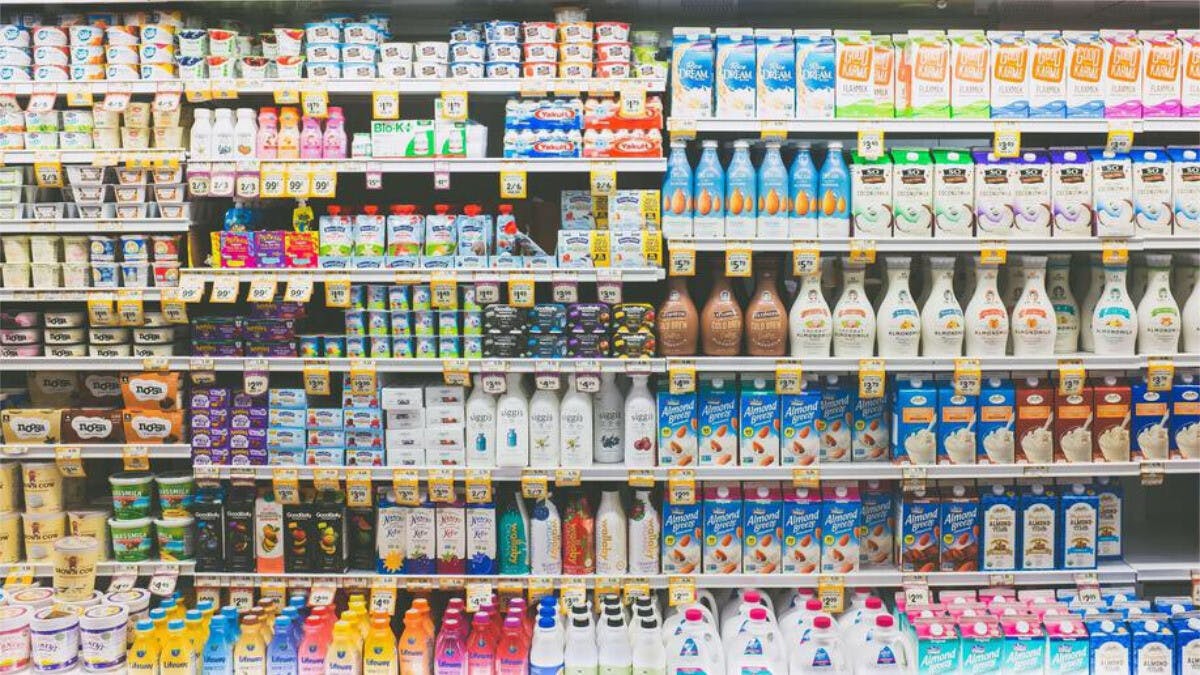In a concerning development for SMEs across Australia, retail turnover took a sharp nosedive of 0.8 per cent in June 2023, according to the latest figures released by the Australian Bureau of Statistics (ABS).
This comes on the heels of a brief respite with a 0.8 per cent rise in May 2023, and a slight setback of 0.1 per cent in April 2023. The ABS report reveals that the retail landscape is facing tough hurdles, posing challenges to SMEs’ growth and sustainability. The overall dip in consumer spending during end-of-financial-year sales is being attributed to the prevailing cost-of-living pressures that continue to burden consumers.
Ben Dorber, the head of retail statistics at ABS, expressed his concerns, stating, “Retail turnover fell sharply in June due to weaker than usual spending on end of financial year sales. This comes as cost-of-living pressures continued to weigh on consumer spending.”
In particular, all non-food industries experienced declines, with department stores suffering a significant 5.0 per cent fall, followed closely by other retailing and clothing, footwear, and personal accessory retailing, both experiencing a 2.2 per cent decrease. Even household goods retailing saw a dip of 0.1 per cent, marking the eighth monthly fall in turnover over the past year.
The mixed performance in food-related spending is also noteworthy, with cafes, restaurants, and takeaway food services experiencing a 0.3 per cent decrease, while food retailing saw a slight 0.1 per cent increase. However, the growth in food-related spending over the past year was primarily driven by rising food prices, indicating that consumers are becoming more price-conscious.
For SMEs, these fluctuations in retail turnover are vital to monitor as they can significantly impact businesses’ revenues and profitability. The boost in May, followed by the slump in June, underscores the importance of understanding consumer behavior astrategisinging for economic uncertainties.
As the ABS prepares to release more comprehensive information on the June reference period, including quarterly price and volume data, on August 3, 2023, it becomes increasingly crucial for SMEs to stay informed and adapt their business approaches accordingly.
“Retail trade in Australia experienced a significant setback in June 2023, with a notable 0.8 pct decline, signalling a decrease in consumer spending during the mid-year sales compared to previous years,” said Anneke Thompson, Chief Economist at CreditorWatch, highlighting that consumers displayed reduced willingness to spend across various categories, except for a modest 0.1% increase in food retailing.
“Given inflation figures for food items are well above this figure, it is highly likely that volume figures even in the non-discretionary category of food will have gone backwards when quarterly trade volume data is released next week.”
Anneke pointed out that inflation figures for food items are considerably higher than this marginal growth, indicating that even in the non-discretionary category of food, volume figures may have experienced a decline. The food and beverage sector is facing significant pressure due to rising supply-side costs and falling demand, which may lead to increased wind-up activity in the restaurant and café sectors.
“The food and beverage sector is under considerable pressure at the moment, as supply-side cost pressures continue and demand falls. Unfortunately, this will ultimately result in more wind up activity in the restaurant/café sectors.
“Many non-food retail traders will now have stock overhang and inventory issues to deal with, which will likely result in further price discounting, and ultimately further pressure being taken off goods inflation. This is good news for borrowers, as the chance of further cash-rate increases has decreased on this data. However, for retail business owners, the outlook is for a very tough 12 months, as consumers cut back spending to deal with higher home loan, rent, utilities and insurance payments.”
Keep up to date with our stories on LinkedIn, Twitter, Facebook and Instagram.

